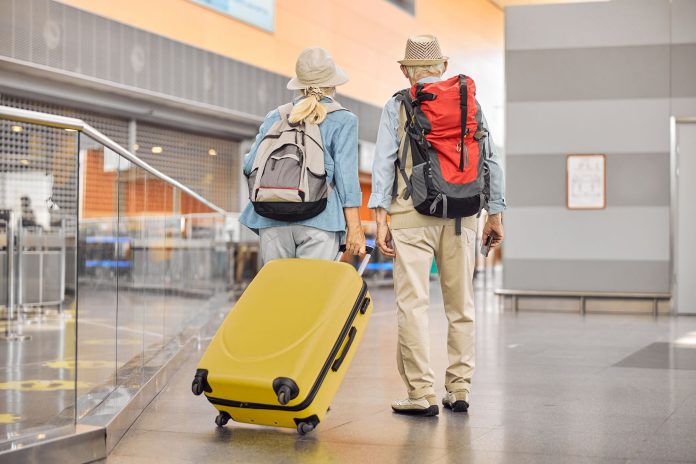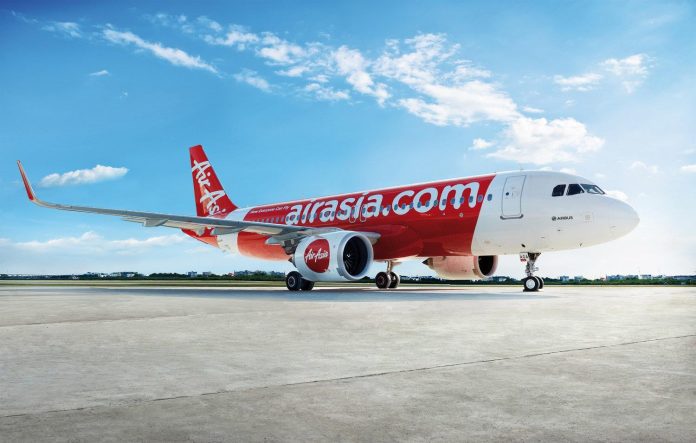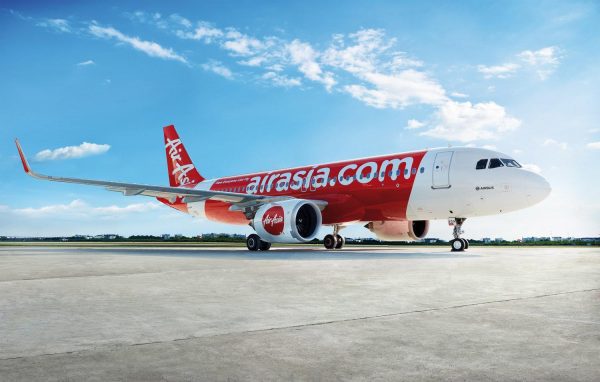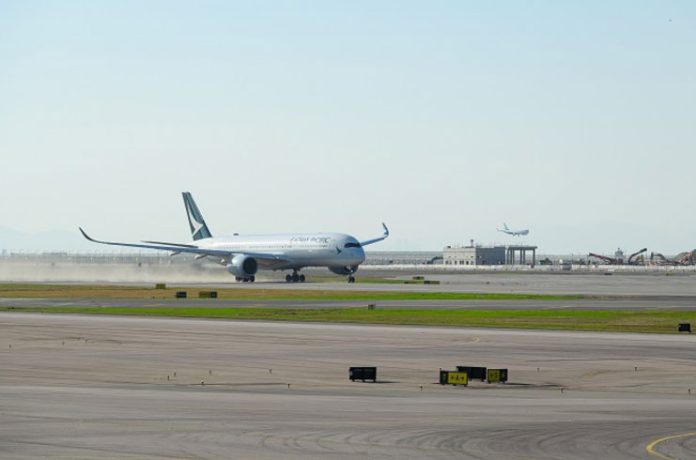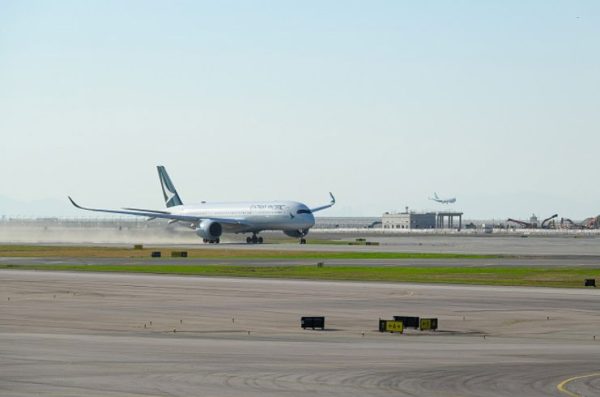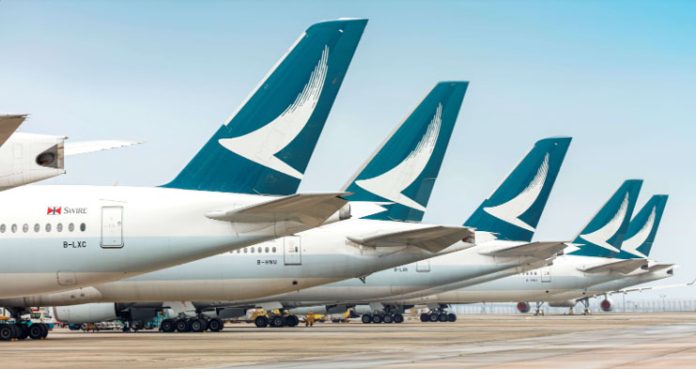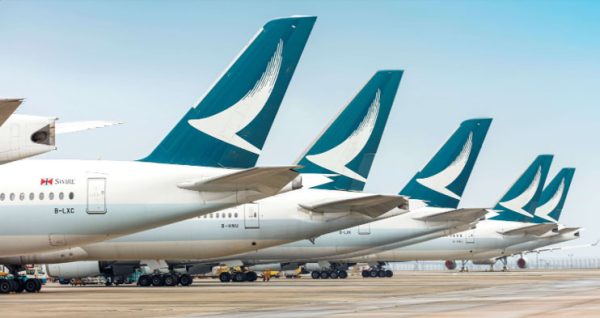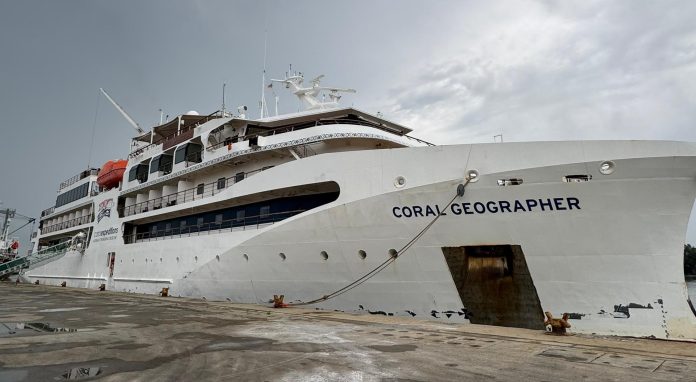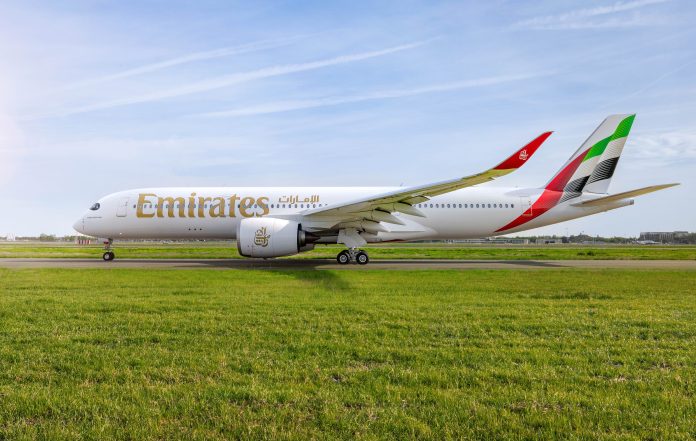KUALA LUMPUR, 2 December 2024: AirAsia X Berhad (AirAsia X) reports revenue grew by 23% to MYR795 million on the back of a robust 84% passenger load factor and net profit at MYR121.6 million on foreign exchange gains, according to its unaudited financial results for 3Q24 ended 30 September 2024.
In a press statement on financial results released at the weekend, the airline said revenue increased by 23% year-on-year to MYR795.0 million in 3Q24 compared to MYR648.4 million recorded in 3Q23 driven by a 34% YoY growth in number of passengers carried with passenger load factor (“PLF”) robust at 84%.
Earnings Before Interest, Tax, Depreciation and Amortisation (“EBITDA”) normalised to MYR76.2 million this quarter, compared to MYR132.1 million in the same quarter last year, which saw the reversal of provisions in 3Q23. Despite the third quarter being traditionally soft, the company recorded a net operating profit of close to MYR3 million. The net profit for the quarter charted MYR121.6 million on the back of a net foreign exchange gain.
During 3Q24, AirAsia X carried 1,084,049 passengers, up by 34% YoY with PLF increasing by four percentage points to 84% compared to 3Q23. Sustained demand in the market is evident with the healthy PLF even as seat capacity ramped up by 27% YoY to over 1,284,871 seats, with the company increasing its operational aircraft to 16 from 14 last year.
Ancillary revenue per passenger continued to thrive at MYR247, up by 4% YoY. Coupled with the uptick in passengers carried, total ancillary revenue surged to 40% YoY and recorded MYR267.5 million. The company’s average base fare stood at MYR443 this quarter due to promotional campaigns to mark the commencement of routes in this quarter, namely Changsha and Chongqing.
In terms of costs, the company reported a Cost per Available Seat Kilometre (“CASK”) of 13.98 sen/US¢3.14 and CASK ex-fuel remained industry-leading at 6.57 sen/US¢1.48. Unit costs increased due to the advancement of operations over the last 12 months.
The company’s associate AirAsia X Thailand’s (“TAAX”) revenue was up by 5% YoY to MYR300.7 million, as passengers carried increased to 342,533 passengers in 3Q24 while its PLF was sound at 80%. During the quarter under review, TAAX recorded a strong average fare of MYR613, further boosted by similarly robust ancillary revenue per passenger of MYR132. TAAX posted a net profit of MYR55 million for 3Q24.
AirAsia X’s total fleet size remained at 18 A330s as of the end of June 2024, with 16 aircraft activated and operational. TAAX’s fleet size stood at eight A330s, with six aircraft activated and operational.
AirAsia X CEO Benyamin Ismail said: “The full reactivation of our fleet is fast approaching as we returned an additional aircraft to service in November, with only one more aircraft left on the ground. The fleet reactivation journey has been challenging, particularly as spare parts scarcity remains a drawn-out complication in the industry, but we are nearing the finish line. In addition, we are in the concluding stage of engagement with a lessor for the induction of one additional aircraft in early 2025, bringing the fleet size to 19 aircraft by the first half of next year.”
On 16 October 2024, the company secured its shareholders’ approval of the proposed acquisition of Capital A’s aviation business, and it is now progressing on fulfilling the requisite condition precedents for completion of the exercise, including the proposed private placement currently underway with book billing expected after relevant approvals are secured.









